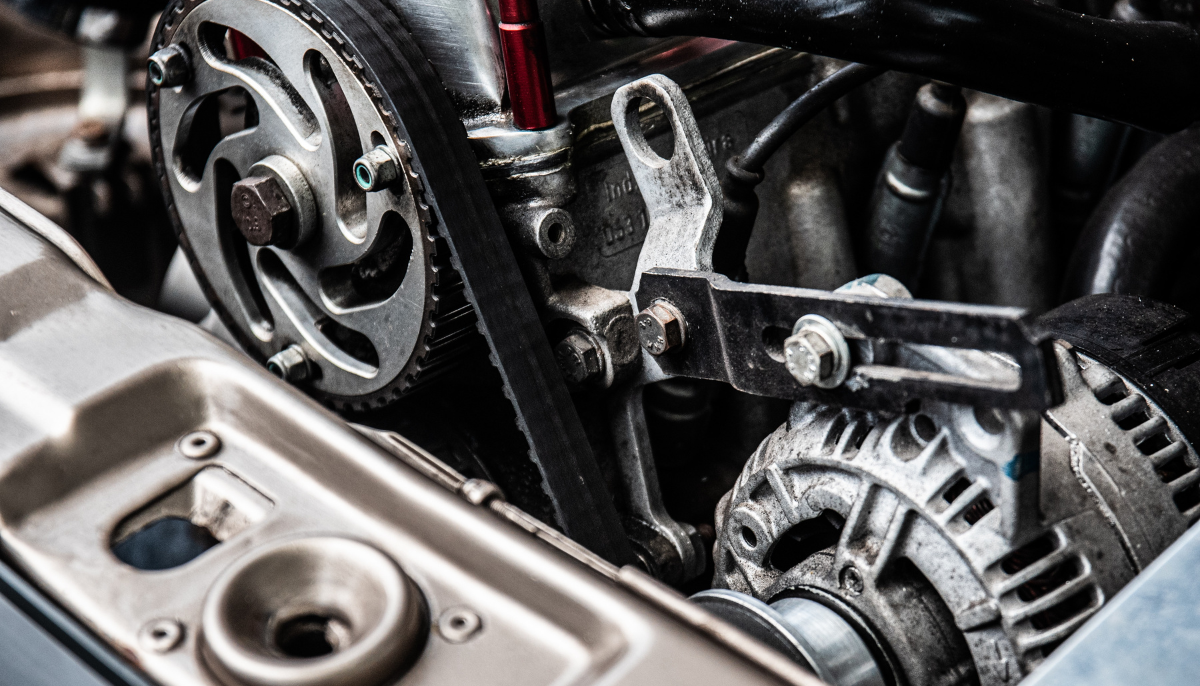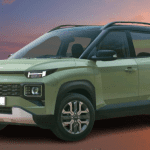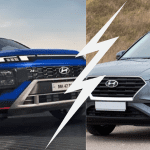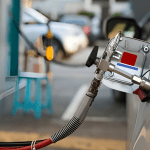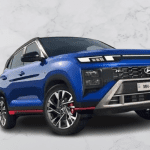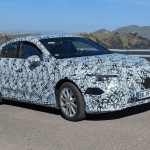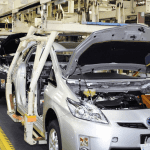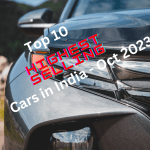India should go for Hydrogen and Ethanol Cars, says Maruti’s Chairman
Maruti Suzuki Chairman R.C. Bhargava recently gave a speech opposing EVs in India at the 50th National Management Convention hosted by the All India Management Association (AIMA). Bhargava claimed that until at least half of India’s electricity comes from renewable sources, EVs will not be environmentally benign.
As an alternative, he advocated for the use of greener fuels like Hydrogen and Ethanol Cars, as well as hybrid fuels like compressed natural gas (CNG).
Bhargava expressed worry about the environmental impact of electric vehicles in India, noting that 75% of India’s electricity comes from coal. The environmental benefits of EVs are greatly diminished due to the widespread use of electricity generated by coal-fired power stations. He thinks that until India switches to better energy sources like Hydrogen and Ethanol, hybrids are the most environmentally responsible option on the road. The cleaner burning of compressed natural gas (CNG) compared to gasoline makes this fuel switch a more environmentally friendly one as well.
Bhargava offered a different strategy, arguing that perhaps India should switch to Hydrogen and Ethanol, and fuel cell possibilities rather than electrified vehicles.
Bhargava disclosed that Maruti had built an electric version of the Wagon R, despite the company’s somewhat tardy entry into the electric car industry. However, its high production cost made it less competitive in the marketplace. In an effort to provide more affordable options, Maruti plans to release larger electrified versions soon. Bhargava predicted that just 15% to 20% of Maruti’s total sales will come from electric vehicles, despite the company offering six different electric models. There is now just a 2% share of the Indian auto market held by electric automobiles.
EV Cars in India
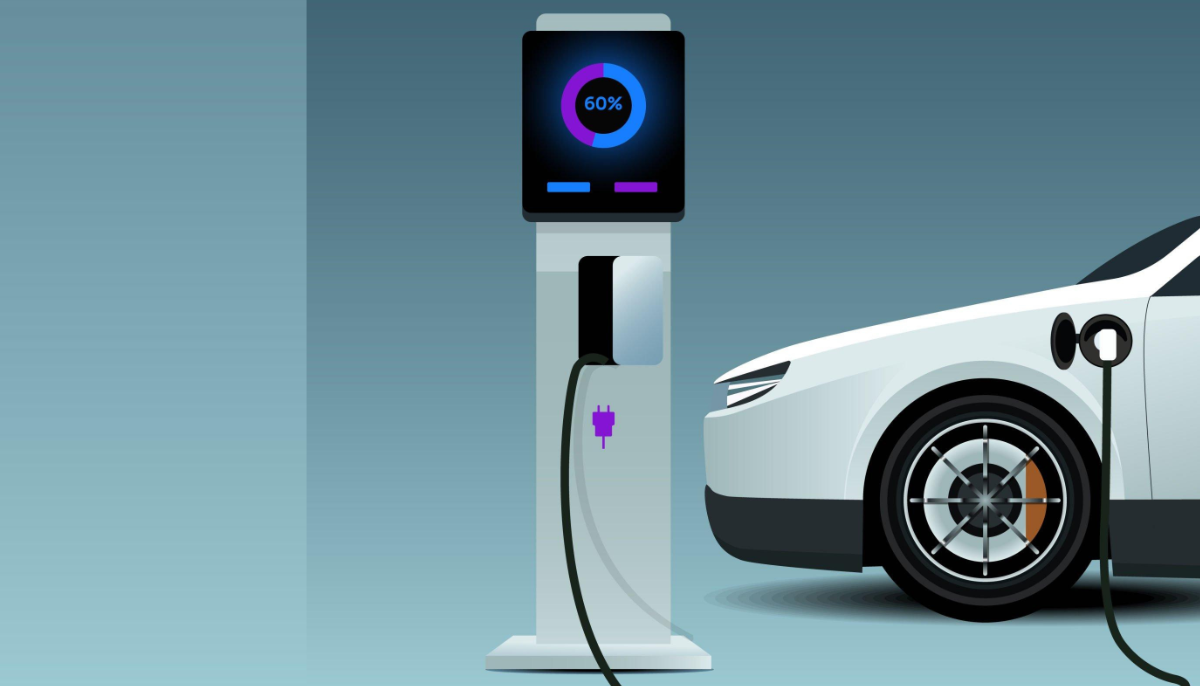
Bhargava admitted that the expansion of the Indian auto market has been affected by the inclination toward SUVs rather than compact cars. The market isn’t necessarily changing, but the stalling of the small car category has cut the overall growth rate to about 5% from 8%. When discussing problems in the automobile industry’s supply chain, Bhargava mentioned that there aren’t any delays in manufacturing due to a lack of semiconductors. But he bemoaned the fact that all Indian cars’ electronic components must be imported, stressing the importance of bolstering the automotive supply chain through domestic component production.
Bhargava is optimistic about the prospects for the Indian auto market despite its current difficulties. He stressed that, in contrast to mature economies like the United States, Japan, and China, India has unrivaled expansion potential. Bhargava also noted the increasing rivalry in the Indian auto sector as a result of foreign automakers’ seizing chances presented by nascent technologies and laws.
Bhargava claimed that state government bureaucracies stuck in a licensing and control mentality were to blame for slow manufacturing progress in India. He also made the observation that many business owners care more about their own financial success than the expansion of their enterprises. Achieving the target annual growth rate of 12% in the manufacturing sector, which is now at 5%, requires a shift in mindset and increased governmental support, as Bhargava emphasized.
Concerned about the number of people killed or injured on India’s roads, Bhargava called for required vehicle fitness certifications, particularly for two-wheelers and pedestrians. To increase road safety, he advocated for stricter licensing requirements. Assuming no unforeseen economic shocks, Bhargava is bullish about India’s automotive sector, despite his prediction that the shift to new technology and regulations will limit the industry’s growth to around 5% over the next decade. Bhargava’s preference for hydrogen and ethanol vehicles over EVs is indicative of the myriad of difficulties and possibilities in India’s dynamic auto industry.
